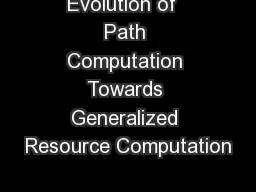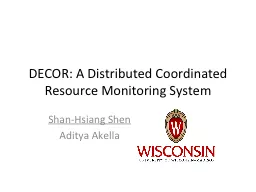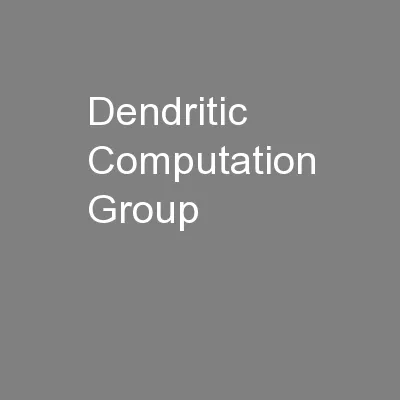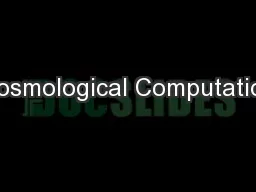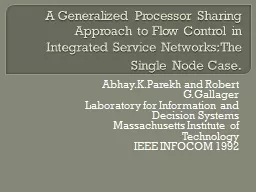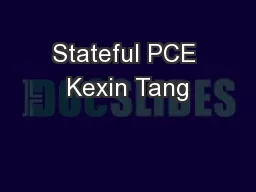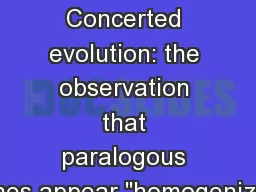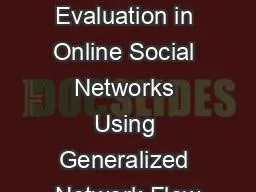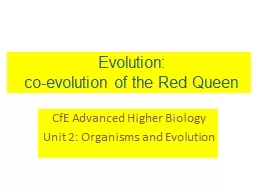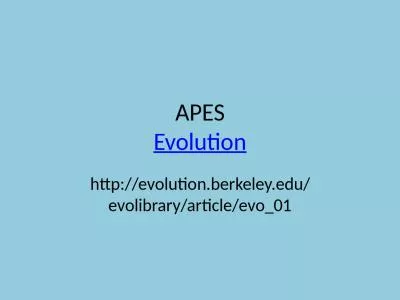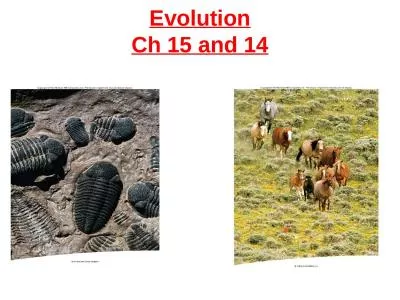PPT-Evolution of Path Computation Towards Generalized Resource Computation
Author : lindy-dunigan | Published Date : 2018-03-11
Adrian Farrel Old Dog Consulting adrianolddogcouk History of PCE We know where PCE comes from Simple CSPF computation of paths for MPLSTE But RFC 4655 was not quite
Presentation Embed Code
Download Presentation
Download Presentation The PPT/PDF document "Evolution of Path Computation Towards G..." is the property of its rightful owner. Permission is granted to download and print the materials on this website for personal, non-commercial use only, and to display it on your personal computer provided you do not modify the materials and that you retain all copyright notices contained in the materials. By downloading content from our website, you accept the terms of this agreement.
Evolution of Path Computation Towards Generalized Resource Computation: Transcript
Download Rules Of Document
"Evolution of Path Computation Towards Generalized Resource Computation"The content belongs to its owner. You may download and print it for personal use, without modification, and keep all copyright notices. By downloading, you agree to these terms.
Related Documents

